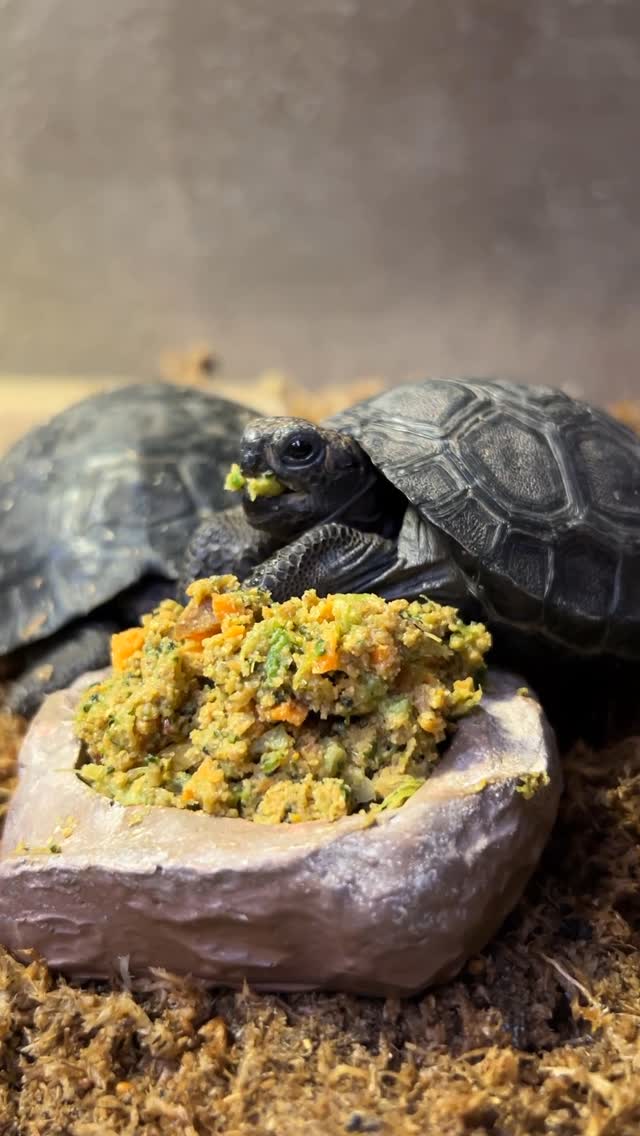- Explore the concept of New Year diets and their popularity.
- Understand the importance of nutrition and balanced diets in wildlife conservation.
- Discuss the potential impact of seasonal changes on animal diets in zoos.
- Evaluate the role of zoo management in maintaining healthy diets for captive wildlife.
- Highlight the link between diet and the success of breeding programs in conservation efforts.
The concept of New Year diets is a familiar one, often marked by people’s resolutions to start the year with healthier eating habits. This trend isn’t only applicable to humans. In zoos, diet regimens are continually evaluated and adapted throughout the year to meet the needs of the animals, thereby mirroring some aspects of the New Year diet craze.
A New Year diet for zoo animals involves detailed planning to ensure they receive optimal nutrition. This careful consideration is paramount to the health and well-being of animals in captivity. Animal nutritionists work diligently to understand the dietary needs of various species, which can be complex. These professionals study the natural diets of animals and use this knowledge to create appropriate feeding plans that provide necessary nutrients while preventing obesity and malnutrition.
Nutrition plays a critical role in wildlife conservation efforts, particularly in maintaining the health of animals in captivity. Balanced diets help to mimic an animal’s natural environment, which is crucial for their psychological well-being and physical health. The challenge lies in replicating wild diets within the constraints of a zoo setting. For instance, primates may require a variety of fruits and leafy greens, whereas carnivores like big cats need a diet rich in protein. Providing diverse and appropriate nutrition not only supports health but also encourages natural behavior, which is important for animal welfare.
Seasonal changes can significantly affect the availability of food sources, influencing the diets of wildlife in natural habitats. In zoos, management teams prepare for these changes by adapting the food offered. For instance, an increase in certain nutrients might be necessary during colder months to help animals maintain body heat. On the other hand, during the spring and summer, lighter diets with more variety might be introduced to emulate the abundance found in the wild.
Zoo management plays a pivotal role in maintaining the health and nutritional balance of their captive wildlife. This involves not just controlling the type and quantity of food given to animals, but also how it is presented. Feeding strategies often include creating opportunities for animals to forage and hunt as they would in the wild. This approach aids in physical activity and provides mental stimulation—a crucial component of a comprehensive dietary strategy.
The relationship between diet and successful breeding programs in conservation efforts is profound. Proper nutrition is essential for reproductive success, as it directly influences fertility rates and the health of offspring. Zoos engaged in breeding programs must prioritize optimal diets to ensure the viability of endangered species. Special dietary plans are designed to support all life stages, from gestation to weaning, which are pivotal in increasing the success rates of these programs.
The New Year diet going strong philosophy applies to both people and animals, emphasizing the importance of nutritional health and well-being. A well-conceived diet plan can support the overall goals of zoo management and wildlife conservation, ensuring that animals not only survive but thrive. By focusing on diet and nutrition, zoos can make significant strides in conservation efforts—working towards healthier, more sustainable populations of animals in captivity and, ultimately, in the wild.
*****
Source Description
New Year diet going strong 💪🏼


